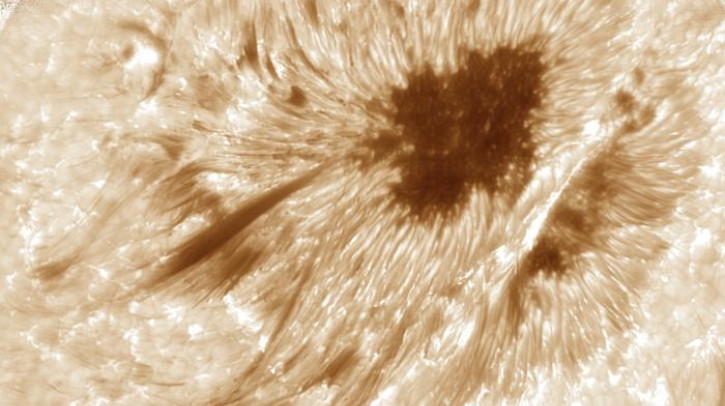The University of Exeter will lead a £5m (US$6.6m), five-year solar atmosphere project, named Solar Atmospheric Modelling Suite (SAMS), to build a next-generation modeling tool for the solar atmosphere, with a code that can be run on anything from laptops to the latest supercomputers.
This project has been funded as a flagship project by the Science and Technology Facilities Council’s (STFC) new Large Award scheme, and also includes the universities of Warwick, Sheffield and Cambridge.
Modeling the Sun
The project will look to understand the physical processes behind the Sun’s activity and therefore its impact on satellites, humans in space and technology on Earth. To do this, the team will build a modeling suite with detailed physics-based documentation to promote ease of use. The suite will be open-source, with physics capabilities “designed to maintain the UK’s solar physics community at the forefront of international research”, Exeter university says, as well as enabling full exploitation of next-generation observations and Exascale computing.
When speaking about the rationale of the project, the researchers highlighted that to understand the physical processes behind the Sun’s activity, it is vital for any simulation to capture the fundamental interplay between the Sun’s radiation and conditions in the vastly different layers of the Sun’s atmosphere (the photosphere, the chromosphere and corona); the complex coupling between them; and how magnetic flux emergence drives eruptions and flares. They also assert that no model can currently do this, but that one is necessary to understand the cutting-edge observations produced by new facilities, and to provide a step-change in our understanding of how the solar atmosphere works.
Driving global research
This project will also provide training for early career researchers on the complex underlying physics of the solar atmosphere and how to model this with SAMS.
Professor Grahame Blair, STFC executive director of programs, commented, “This substantial investment demonstrates our commitment to maintaining the UK’s leading role in solar physics research. Understanding the complex dynamics of our Sun is vital not just for scientific advancement, but for protecting our technology infrastructure, satellite networks, power grids and communications systems on Earth from the impacts of space weather.”
Dr Erwin Verwichte, associate professor (reader), University of Warwick, said, “Warwick has built a world-leading reputation in numerical modeling of plasma physics. Our simulation codes, whether applied to fusion research, the Sun or space weather, are used by researchers across the world. The SAMS code will be built on top of that heritage and signifies a key stepping stone in simulating and expanding our knowledge of the Sun’s atmosphere.”
“For a long time, the UK was leading the way in simulating the atmosphere of the Sun, but in recent years we have been eclipsed,” added Professor Andrew Hillier, from the University of Exeter. “This project will put us right back as one of the leaders in this area.”
In related news, the Polarimeter to Unify the Corona and Heliosphere (PUNCH) mission, led by the Southwest Research Institute (SwRI) in Texas, recently collected its first images following its launch into polar orbit around the Earth. Click here to read the full story



